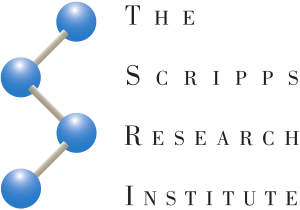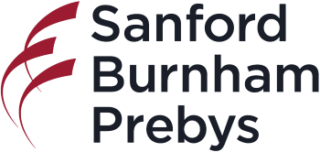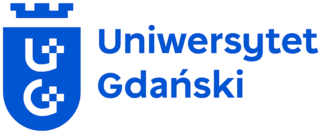Reagent of the month – November – Langlois reagent
Reagent of the month – November - Langlois reagent
Trifluormehylation is an effective technique to increase drug candidate solubility and lipophilicity, and so strategies for adding the CF3 group are being investigated. The Langlois reagent (sodium trifluormethylsulfinate) is a valuable reagent for radical trifluormethylation of a wide range of substrates. Bernard R. Langlois' group first developed methodology for radical trifluormethylation of arenes with optional Cu2+ catalysis in 1991 (https://doi.org/10.1016/0040-4039(91)80524-A), but since then, numerous trifluormethylation methods of other substrates have been developed (https://doi.org/10.1002/adsc.201400370).
Preparation of Langlois reagent
Langlois reagent can be prepared by elimination of trifluormethylsulfones such as I or II by sodium methoxide, or by reacting CF3Cl with sodium dithionate (Na2S2O4) (Figure 1).

Similarly, alternative perfluoralkylation agents can be synthesized utilizing other perfluoralkylsulfones. Perfluoralkylation processes of heteroarenes were successfully carried out using reagents such as C2F5SO2Na, C3F7SO2Na, C6F13SO2Na or C8F17SO2Na (https://doi.org/10.1002/adsc.201300199).
Applications in synthesis
When compared to other trifluormethylation agents such as electrophilic (CF3+ producing) Togni's or Umemoto's reagents or nucleophilic reagents such as Ruppert's reagent (CF3SiMe3), Langlois reagent has a wider substrate scope due to its nucleophilic or electrophilic character.

In the presence of an oxidant such as AgOTf, tertbutylhydroperoxide (TBHP), or Mn(OAc)3, trifluormethanesulfinate produces a CF3 radical, which can be used for addition or substitution reactions on aryl or vinylboronic acids and potassium organotrifluorborates (Figure 2) (https://doi.org/10.1021/ol3022726, https://doi.org/10.1039/C2CC36554E, https://doi.org/10.1021/jo4023233), arenes and alkenes (Figure 3) (https://doi.org/10.1039/C3CC41667D, https://doi.org/10.1002/anie.201303576).

Oxotrifluormethylation of alkenes can be done under oxidative circumstances, but a superior photochemical technique for hydrotrifluormethylation was devised in 2013 (Figure 4) (https://doi.org/10.1039/C3SC51209F).

Langlois reagent in drug synthesis
Phil S. Baran's group described direct C-H trifluormethylation of deoxyuridine with Langlois reagent in 2011 (10.1073/pnas.1109059108), providing Trifluridine - an antiviral drug against herpes virus in a moderate yield in aqueous solution, making it possible to produce this drug using greener chemistry (Figure 5).

OUR CASE STUDY
Scale-up to accelerate drug discovery
Our experience helped overcome development hurdles for potential cancer & mental health drugs.
Read moreEmpowering neuro research with pro-N6pA
Sigut Labs scaled up pro-N6pA production, simplifying AMPylation research & boosting accessibility.
Read moreADC development leaps with new linkers
Novel linker design expedited ADC advancement, leading to promising lead compounds faster.
Read moreLincomycin derivative scale-up
Over 30 g of the desired product with exceptional purity was obtained through our optimized procedure.
Read morePurifying 350 kg of vitamin K2 oil
Our innovative scale-up technology helped to reduce the client’s purification process from days to hours.
Read more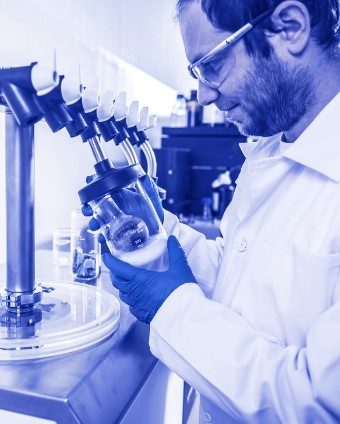
Custom synthesis
Providing for a custom synthesis of previously reported molecules using described synthetic procedures.
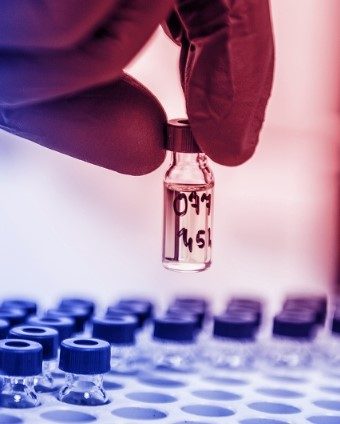
Contract research
Developing novel synthetic routes to provide undescribed compounds in organic, bioorganic, and medicinal chemistry.
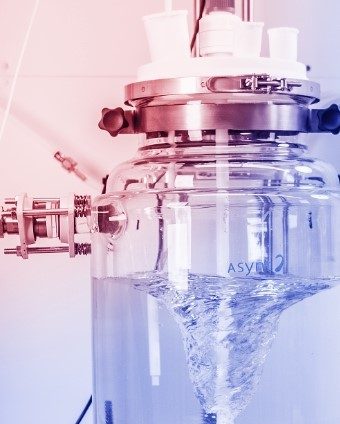
Scale-Up
Helping you go from lab scales to an industrial scale by applying our cutting-edge instrumentation.

Our Experts


Partners & distributors
